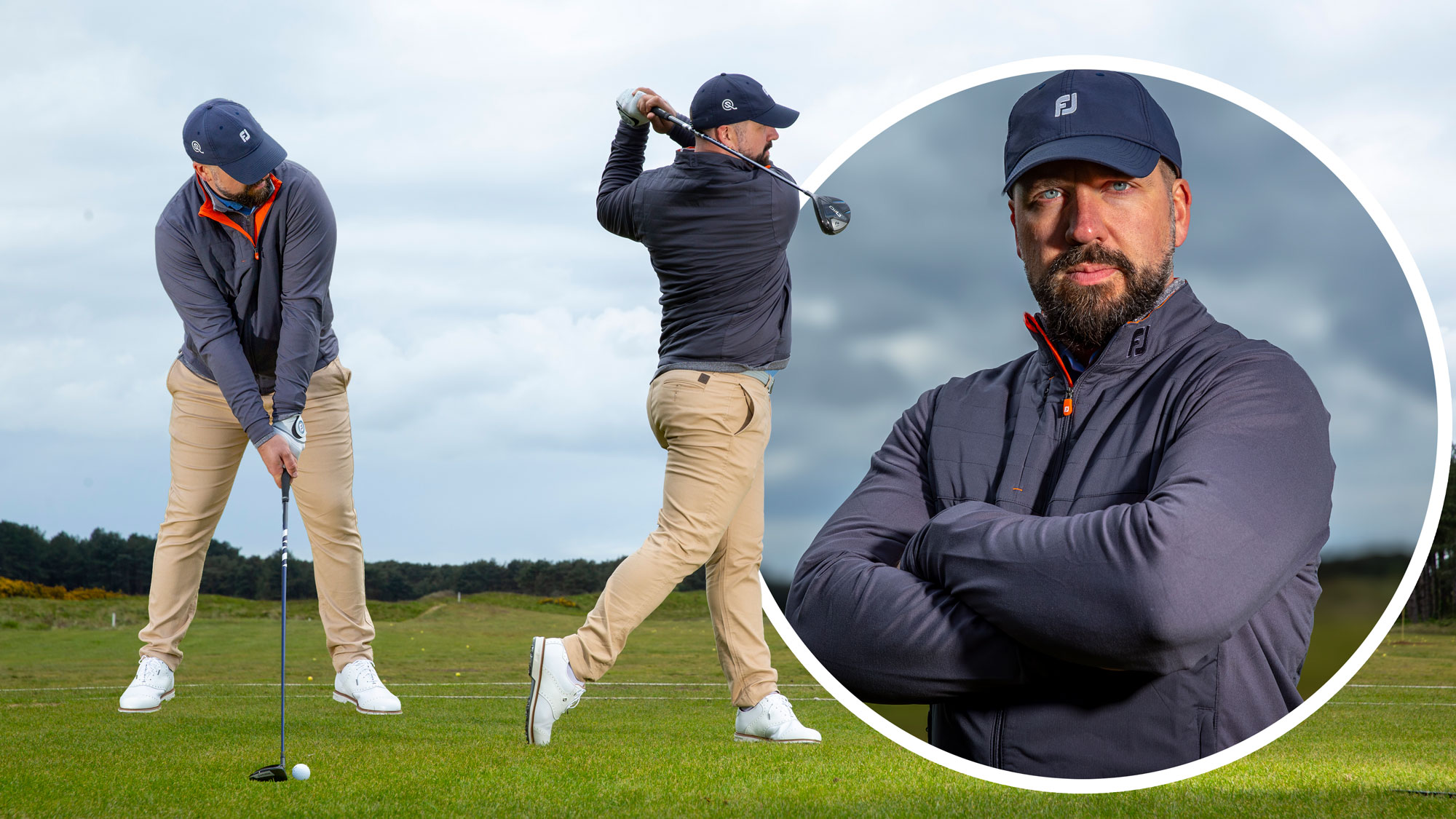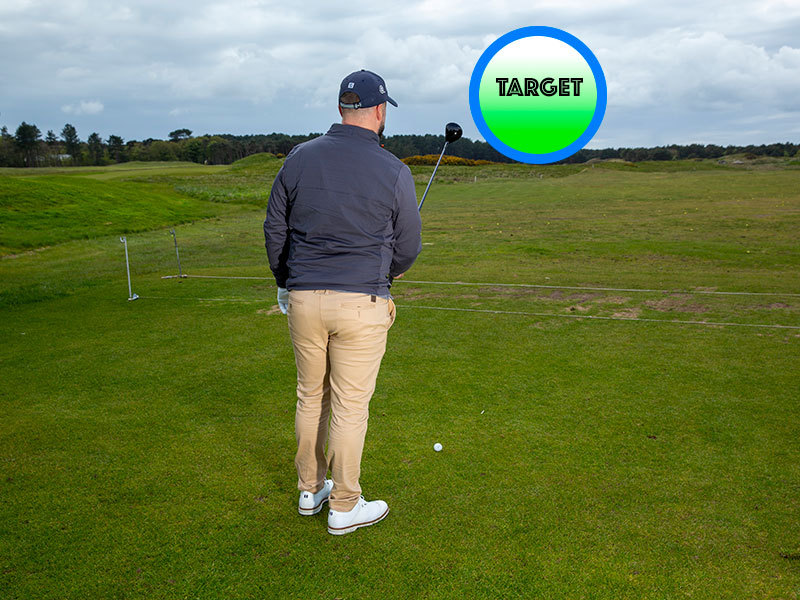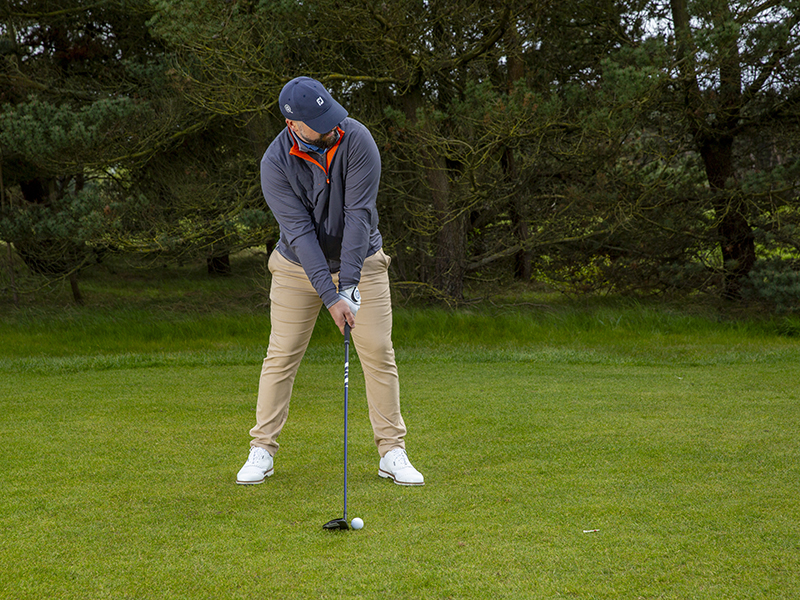Peter Finch's Golf Lessons: The Key Fundamental Ignored By '70 to 80%' Of Amateur Golfers Could Be Your Biggest Problem
Peter Finch has coached countless golfers of all ability levels, but there is one element that amateurs constantly overlook... and it's stifling their progress!


As amateur golfers, feeling out of sync with the golf swing can be unsettling and frustrating – sapping all of the enjoyment out of the sport we love. Despite a lack of qualification, we often try to self-diagnose the issue, landing on one of many common swing faults we have heard discussed on the range or in the clubhouse.
However, rather than jumping to a highly-technical major problem, most amateurs would benefit from looking first at the golf swing set-up fundamentals in order to discover the root cause.
When discussing the most common lesson that amateur golfers typically ignore, which you can watch in the video below, Golf Monthly Top 50 Coach Peter Finch described a lack of understanding and awareness of how to aim in the golf swing is holding so many players back from reaching their full potential on the course...
Peter Finch Golf Tip: How To Aim Correctly In The Golf Swing

Peter Finch is one of the most recognisable PGA professionals in the world, delivering online free lessons to golfers across the globe with a combined social following of almost one million people.
In his coaching career, Peter Finch has supported golfers of all abilities to play better golf and shoot lower scores.
There’s something you need to remember – this is a target-oriented sport. And yet the aiming of body and clubface is one of the few things golfers consistently overlook. The same with the golf grip and things like posture. If you were watching an archer and they were consistently aiming 20 yards right of the target, would that not be a red flag that this isn’t Robin Hood?
When was the last time you actually worked on your aim? I’m going to guess that probably 70-80% of you haven’t worked on where you’re aiming.

Use your golf club to establish your target line, as this will help with your alignment when setting up to hit your next shot
Let’s keep it simple. It’s a lot easier to line up to something just in front of the ball than to something a long way away. Stand behind the ball and establish your target line. I do this by lifting the shaft up and drawing it down in a straight line. Then I pick out something just in front of my ball.
I’ll start with my feet together and I’ll take aim at this spot just in front of me. I know that spot sits on my ultimate target line and because my feet are together, my toes, my knees, my hips, my shoulders are all square and they’re all parallel to my clubface. All I need to now do is separate my feet the appropriate amount and I know then that I’m parallel to my target line with my body.
Subscribe to the Golf Monthly newsletter to stay up to date with all the latest tour news, equipment news, reviews, head-to-heads and buyer’s guides from our team of experienced experts.

Once you have gone through the process above, and seen the positive results, it's easier to commit and trust your golf swing
Drills: Make Your Practice Fun And Add Pressure
GM says:
Why not make it fun by adding an element of competition. The next time you head to the range, split the space you are hitting towards into three zones. You can use objects that are already placed there to help you identify the parameters, such as yardage markers or flags, as you need to ensure you have clear boundaries for each zone.
Give yourself 15 balls and try to hit five into zone one, five into zone two, and five into zone three. If you land the first ball in the zone you get a point, the second (consecutive) is worth two points and the third worth three points (and so on). If you miss, drop back down to single point shots and try to build a streak again to ramp up your score. You can make this easier or harder by increasing or decreasing the size of the zone, or adding jeopardy by including a penalty – like returning your score to zero every time you miss a zone.
Use what you have learned from Peter Finch to focus on your aim and alignment, and keep score to give yourself a target to beat next time.

Baz joined Golf Monthly in January 2024, and now leads the instruction section across all platforms - including print and digital. Working closely with Golf Monthly's Top 50 Coaches, he aims to curate and share useful tips on every aspect of the game - helping amateurs of all abilities to play better golf. Baz also contributes weekly to the features section, sharing his thoughts on the game we love and the topics that matter most. A member at Sand Moor Golf Club in Leeds, he looks forward to getting out on the course at least once a week in the pursuit of a respectable handicap.
Baz is currently playing:
Driver: Benross Delta XT
3-Wood: Benross Delta XT
Hybrid: TaylorMade Stealth 4 Hybrid
Irons: Benross Delta XT 5-PW
Wedges: TaylorMade RAC 60, Callaway Jaws MD5 54
Putter: TaylorMade Spider Tour